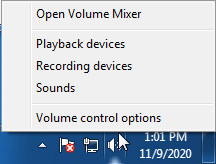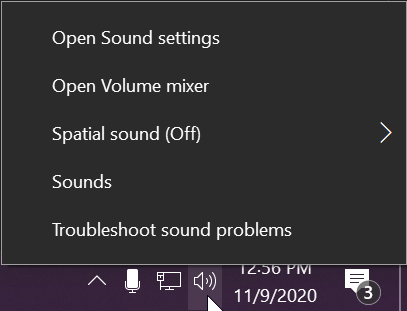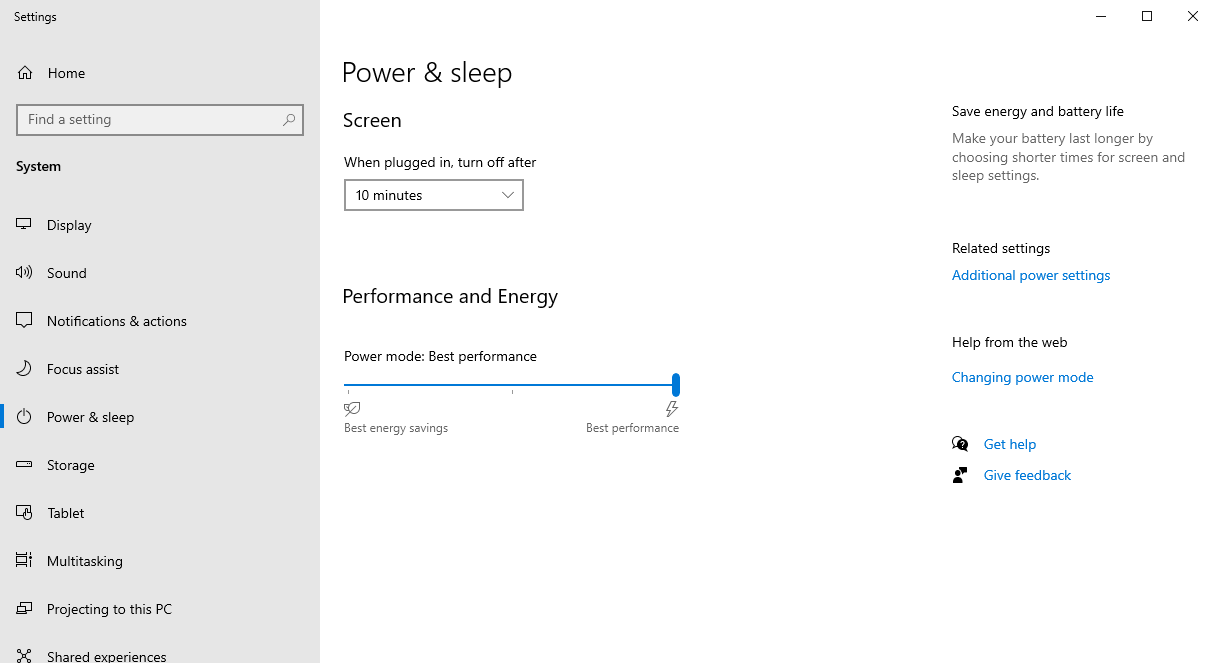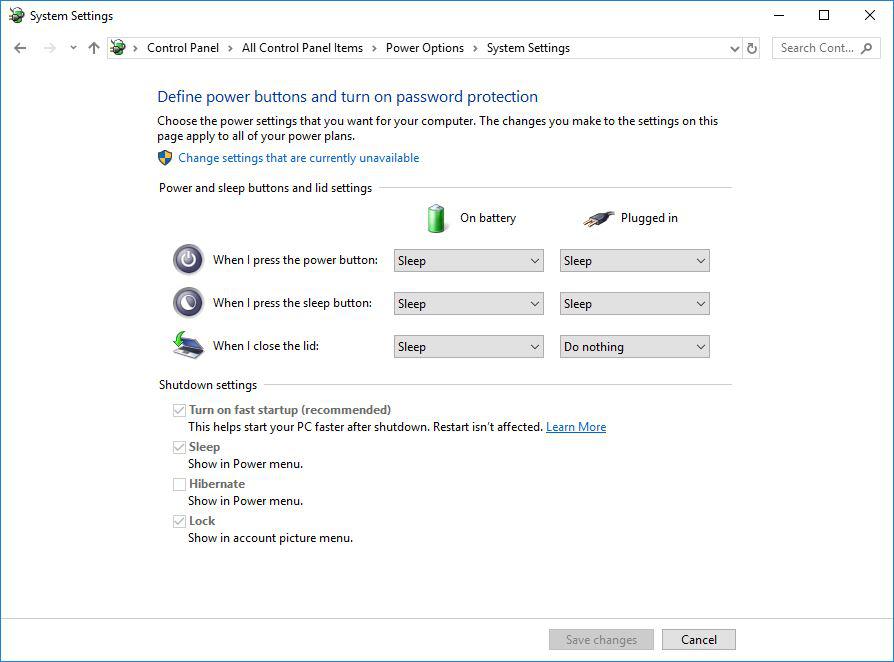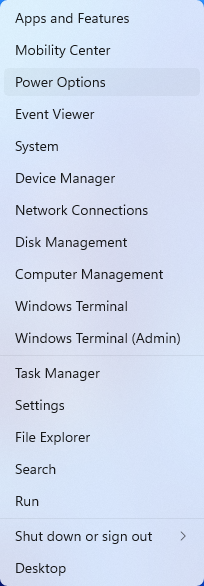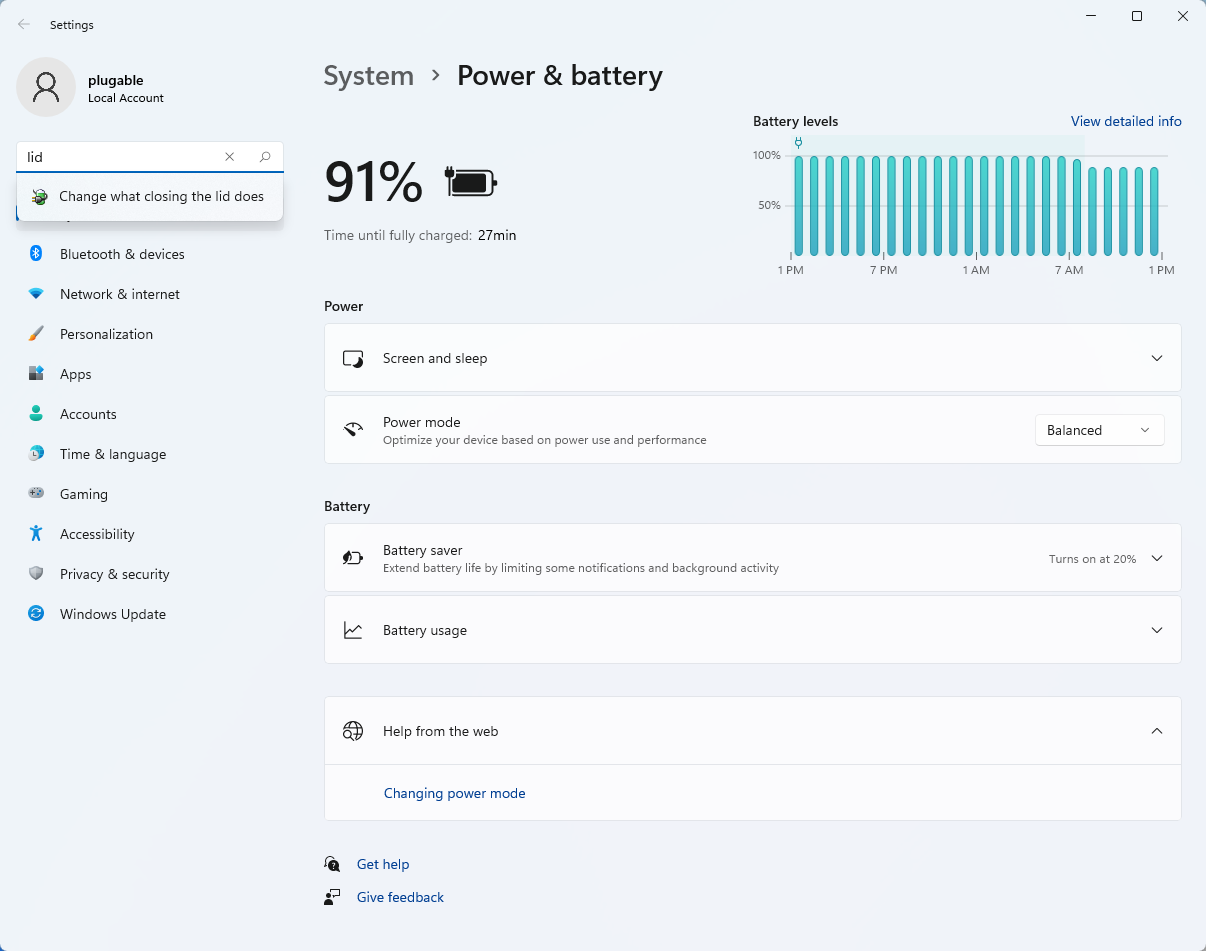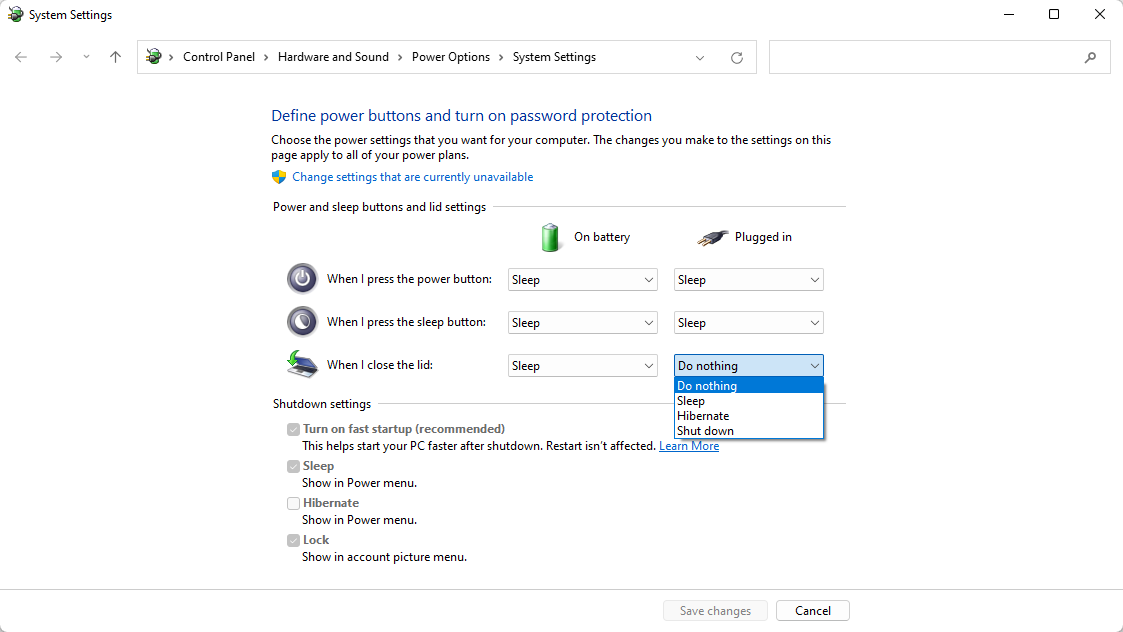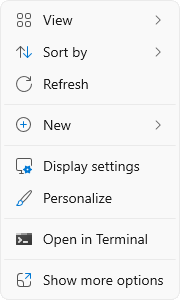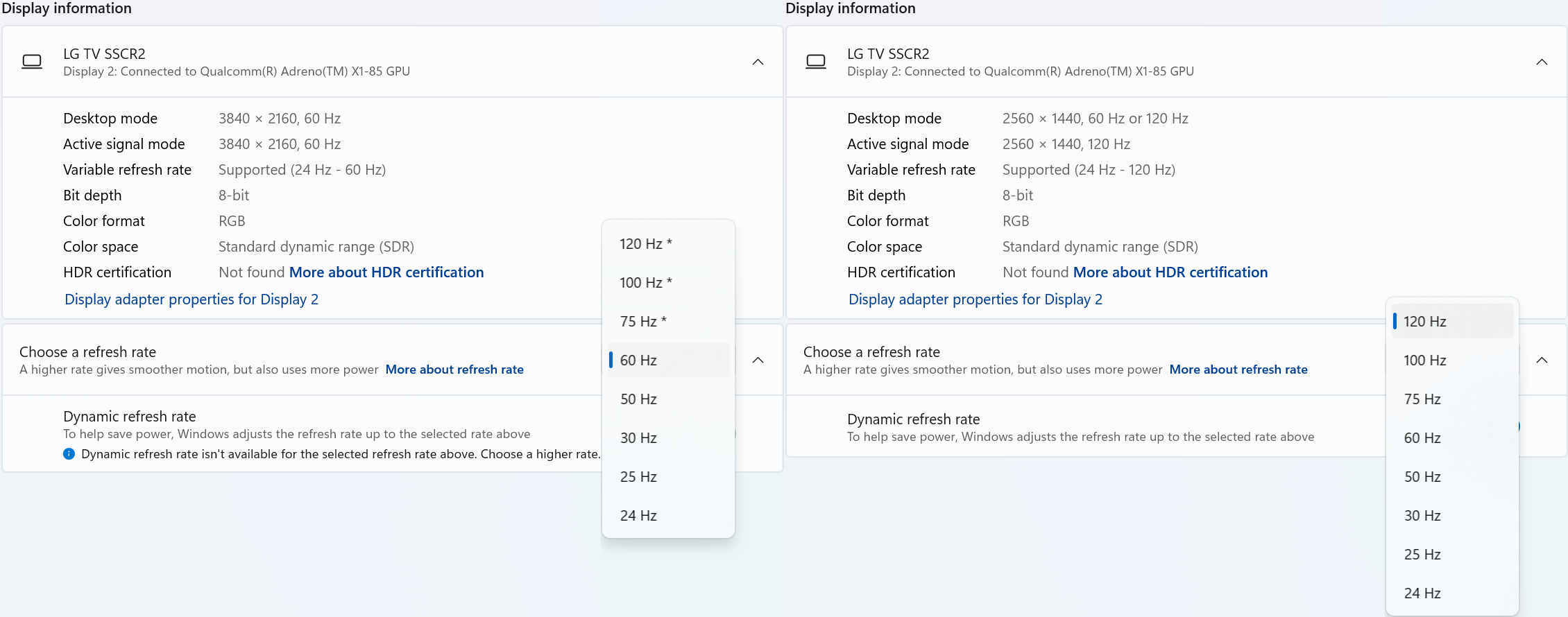









Hassle free, 2-Year Warranty
Fast, Free Shipping on Orders $35+
Lifetime Technical Support
30-Day Money Back Guarantee
Plugable USB-C to HDMI Adapter
$23.95 USD
SKU: USBC-THDMIAmazon Rating : (171 Reviews)
Features
- 4K Resolution— With this HDMI to USB C Adapter add an HDMI port to connect a monitor to USB-C and Thunderbolt ports. HDMI output supports up to 4K 30Hz offering great picture quality and other resolutions like 1920x1080 and 2560x1440 at 60Hz
- Expand your Workspace— Thunderbolt 4 to HDMI Adapter converts USB-C DisplayPort Alternate Mode signal from your laptop to HDMI enabling you to expand your workspace to any HDMI TV or monitor. Can be configured in extended or mirrored mode
- Compatibility— Compatible with USB Type-C, USB4, Thunderbolt Windows systems, Chromebooks, iPhone 16, 2018+ iPad Pro, MacBook Air and MacBook Pro, iMac, Dell XPS, Lenovo Thinkpad, HP Spectre x360, and other systems which support USB-C DP Alt Mode
- Small Cable Flexibility— Small, lightweight HDMI adapter is perfect for travel and constructed with cutting edge materials including a flat, flexible printed circuit cable, providing durability while accommodating any workspace
- 2-Year Coverage, Lifetime Support— Every Plugable product, including this USB C to HDMI adapter, is covered against defects for 2 years and comes with lifetime support. If you ever have questions, contact our North American-based team - even before purchase














